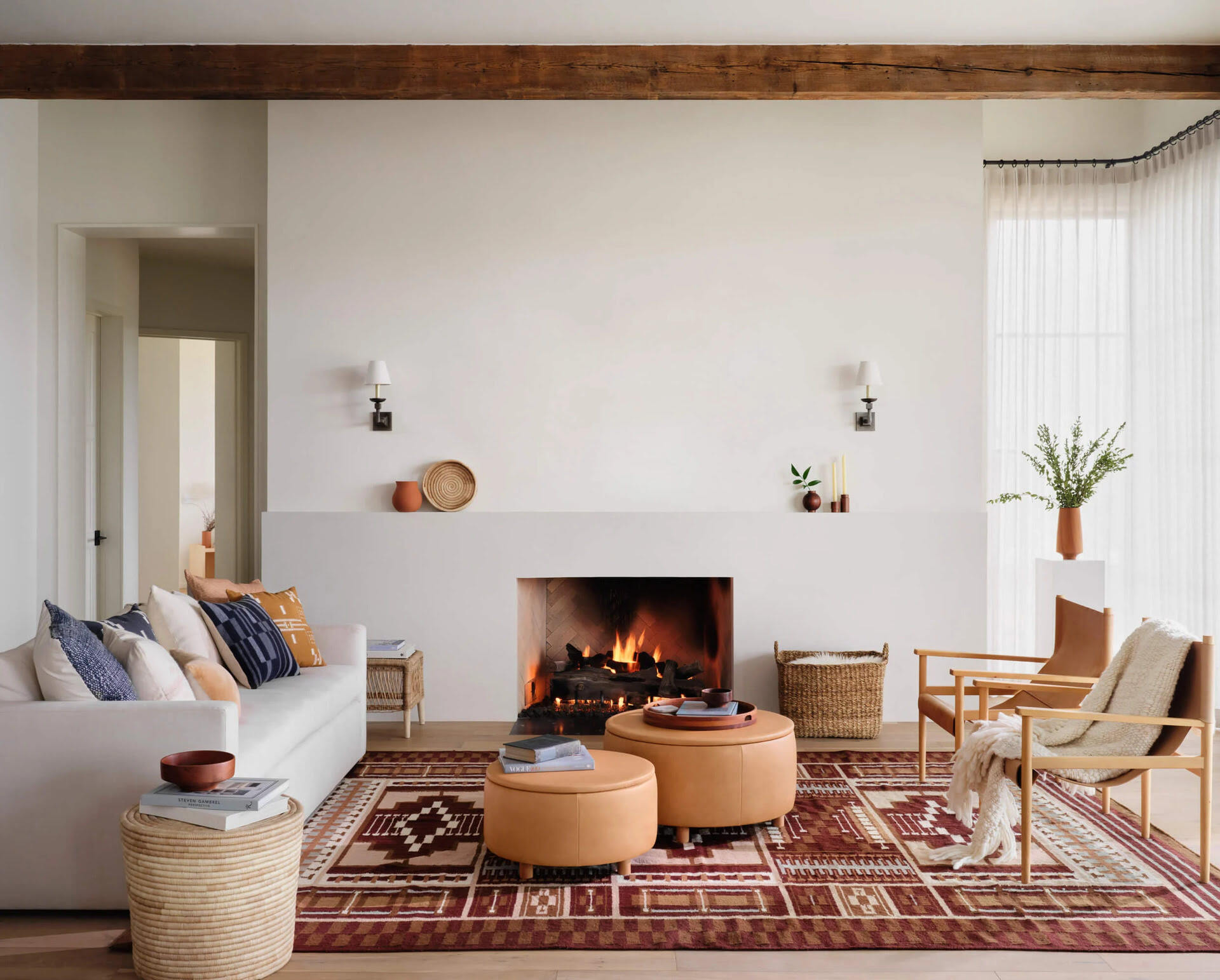

Articles
How To Measure A Rug For Living Room
Modified: February 24, 2024
Learn how to properly measure a rug for your living room in this informative article. Ensure the perfect fit for your space.
(Many of the links in this article redirect to a specific reviewed product. Your purchase of these products through affiliate links helps to generate commission for Storables.com, at no extra cost. Learn more)
Introduction
Choosing the perfect rug for your living room can have a significant impact on the overall aesthetics and comfort of the space. However, selecting the right size for your living room rug can be a challenging task. A rug that is too big can overwhelm the room, while one that is too small may not provide enough visual impact or coverage. In this article, we will explore how to measure a rug for your living room, taking into consideration factors such as room size, furniture placement, and personal style.
Key Takeaways:
- Properly measuring your living room space is crucial for selecting the right rug size. Consider furniture placement and traffic flow to ensure a harmonious and visually appealing layout.
- When choosing a rug, take into account the shape and orientation to enhance the aesthetic appeal and functionality of your living room. Let the rug anchor the space and define the seating area.
Read more: How To Measure A Living Room
Determining the Rug Size
Before you start measuring your living room for a rug, it’s essential to understand the different rug sizes available and how they can complement the space. Here are some common rug sizes:
- 4′ x 6′: This size is ideal for smaller living rooms or as an accent rug.
- 5′ x 8′: A versatile option that can work well in medium-sized living rooms.
- 8′ x 10′: This size is a popular choice for larger living rooms, providing ample coverage.
- 9′ x 12′: A size suitable for spacious living rooms or open floor plans.
Now that you have an understanding of the available rug sizes, let’s move on to how to measure for the perfect fit.
First, consider the desired placement of the rug in your living room. Do you want it to sit under the furniture or just in front of it? Understanding this will help determine the ideal rug size for your space.
If you prefer the rug to sit beneath your furniture, measure the area that you want to cover, considering the dimensions of your sofa, coffee table, and other prominent furniture pieces. Add an additional foot of space on all sides to allow for proper proportion and coverage.
On the other hand, if you want the rug to be placed in front of the furniture, measure the open space in the seating area, leaving a few inches of space between the rug and the furniture. This will create a border effect and add a touch of sophistication to the room.
Remember, the goal is to have the rug anchor the space and bring all the elements together harmoniously. It should define the living area and create a visually pleasing arrangement.
It’s also important to consider the traffic flow in the room. If you have a high-traffic area, it might be best to opt for a larger rug size to provide the necessary space for movement without compromising the overall design.
Measuring the Living Room Space
Once you’ve determined the ideal rug size for your living room, it’s time to measure the space to ensure a precise fit. Here’s a step-by-step guide on how to measure your living room:
- Clear the area: Remove any furniture, accessories, or obstacles that may obstruct the measurement process. Clearing the space will allow for accurate measurements and a true representation of the living room dimensions.
- Start with the longest wall: Choose the longest wall in your living room as the baseline for your measurements. This will help establish the primary dimensions of the space.
- Measure the length: With a measuring tape or ruler, measure the length of the room along the longest wall. Make sure to place the tape measure at the baseboard or wall and extend it all the way to the opposite end.
- Measure the width: Next, measure the width of the room from one side to the other. Again, ensure that you measure from the baseboard or wall for accuracy.
- Repeat for other walls: If your living room has additional walls, repeat the process of measuring the length and width for each wall. This will provide a comprehensive overview of the room’s dimensions.
After measuring the living room space, you will have the exact dimensions needed to select a rug that fits perfectly. Remember to refer to the rug sizes mentioned earlier when comparing the measurements to ensure a suitable fit.
It’s important to note that irregularly shaped living rooms may require some additional measurements. If you have alcoves, nooks, or angled walls, measure the height and width of those areas separately. This way, you can choose a rug size that accommodates the unique features of your living room.
Accurate measurements are crucial for selecting a rug that complements your living room design and creates a balanced and cohesive look. Taking the time to measure the living room space properly will ensure that the rug fits flawlessly and enhances the overall aesthetic of the room.
When measuring a rug for your living room, be sure to measure the seating area and leave at least 18 inches of floor space around the edges for a balanced look. This will ensure the rug fits the space properly and complements the furniture.
Considering Furniture Placement
When measuring for a rug in your living room, it’s essential to take into account the placement and arrangement of your furniture. The position of the furniture will influence the size and shape of the rug you select. Here are some considerations for furniture placement:
1. Sofa and Seating Area: Determine where your sofa and other seating furniture will be placed in the living room. Measure the length and width of the seating area, including any additional chairs, loveseats, or sectional pieces. This will help you determine the size of the rug that will comfortably fit under the furniture or in front of it.
2. Coffee Table: If you have a coffee table in your living room, consider whether you want the rug to extend underneath it or surround it. Measure the length and width of the coffee table to ensure that the rug provides enough space around it to create a balanced and visually pleasing arrangement.
3. Dining Area: If you have a dining area within your living room, measure the dimensions of the dining table and chairs. If you plan on placing a rug under the dining table, ensure that it is large enough to accommodate the table and chairs when they are pulled out.
4. Other Furniture: Take into account any other furniture pieces in the room, such as side tables, TV stands, or bookshelves. If you want the rug to encompass these pieces as well, measure their dimensions and include them in your calculations when selecting a rug size.
By considering the placement of your furniture, you can choose a rug size that creates a cohesive and visually appealing layout in your living room. The rug should complement the furniture and tie the room together, enhancing the overall ambiance.
Remember, furniture placement can impact the feel and flow of your living room. So, it’s important to measure carefully and select a rug size that not only fits well but also enhances the functionality and visual appeal of the space.
Selecting Rug Shape and Orientation
When it comes to selecting a rug for your living room, the shape and orientation of the rug can have a significant impact on the overall aesthetics of the space. Here are some factors to consider when choosing the shape and orientation of your rug:
1. Room Shape: Take into account the shape of your living room when selecting a rug shape. For example, if your living room is square, a square or round rug can complement the space nicely. If your living room is rectangular, a rectangular or oval rug can create a balanced and harmonious look.
2. Furniture Placement: Consider the placement of your furniture when deciding on the orientation of the rug. If your furniture is primarily arranged in a linear fashion, such as a sofa facing a television, a rectangular rug aligned with the furniture arrangement can create a cohesive and streamlined look.
3. Room Size: The size of your living room can also influence the selection of rug shape and orientation. In smaller rooms, a round or square rug can help create an illusion of a larger space. In larger rooms, a rectangular or oval rug can anchor the seating area and create a focal point.
4. Design Preference: Consider your personal style and design preference when choosing the shape and orientation of the rug. Some shapes, such as round or oval, can add a sense of softness and flow to the room, while others, like rectangular or square, can lend a more structured and defined look. Choose a shape that resonates with your aesthetic vision.
5. Accentuate Room Features: Take advantage of the shape and orientation of the rug to highlight specific features in your living room. For example, if you have a beautiful fireplace or a statement piece of furniture, positioning a rug in a way that draws attention to these elements can enhance their visual impact.
Ultimately, the shape and orientation of the rug are a personal choice that should align with your overall design vision for the living room. Consider the room size, furniture placement, and your personal style to select a rug shape and orientation that enhances the aesthetic appeal and functionality of the space.
Read more: How To Clean A Living Room Rug
Conclusion
Choosing the right rug size for your living room is an important decision that can greatly impact the overall look and feel of the space. By properly measuring the living room, considering furniture placement, and selecting the right shape and orientation, you can find the perfect rug that not only complements your style but also enhances the functionality of the room.
When determining the rug size, consider whether you want it to sit under the furniture or in front of it. Take accurate measurements of the living room space, ensuring that you leave enough room for proper proportion and traffic flow. Consider the dimensions of your furniture and how they will interact with the rug.
Furniture placement is crucial in creating a well-balanced and visually appealing living room. Analyze the arrangement of your seating area, coffee table, and other furniture pieces to ensure that the rug fits harmoniously with the overall layout. Take into account any dining areas or additional furniture that may influence the rug’s size.
Lastly, give thought to the shape and orientation of the rug. Consider the room shape, furniture placement, and your personal design preferences. Let the rug accentuate the room’s features and add a touch of style to the space.
Remember, the right rug size can anchor the living room, define the seating area, and bring all the design elements together. It helps create a cohesive and inviting space for you and your guests to enjoy.
By following the guidelines in this article, you’ll be equipped with the knowledge to measure a rug for your living room effectively. Take the time to find the perfect rug that suits your style, and enjoy the added comfort and beauty it brings to your living space.
Frequently Asked Questions about How To Measure A Rug For Living Room
Was this page helpful?
At Storables.com, we guarantee accurate and reliable information. Our content, validated by Expert Board Contributors, is crafted following stringent Editorial Policies. We're committed to providing you with well-researched, expert-backed insights for all your informational needs.
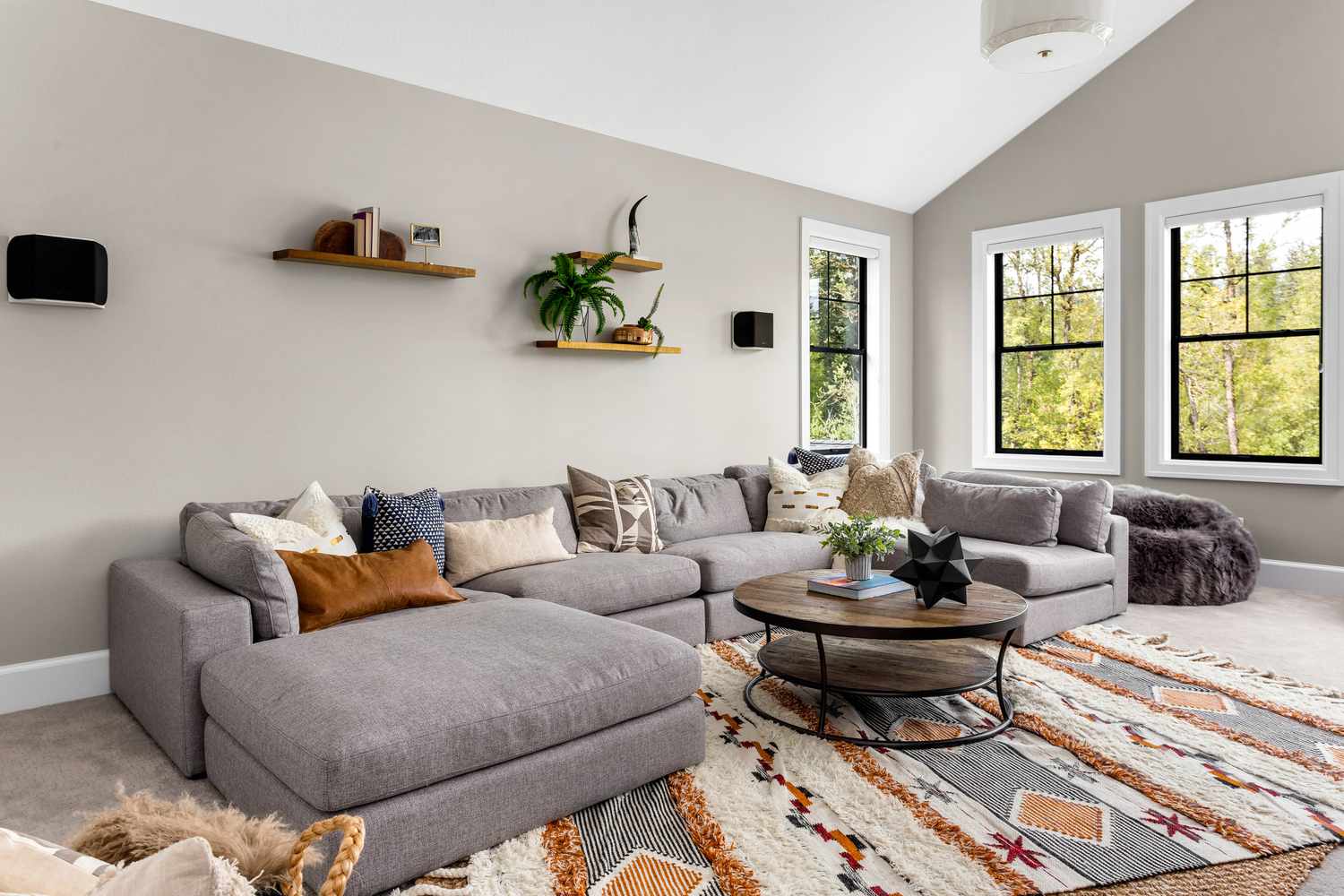
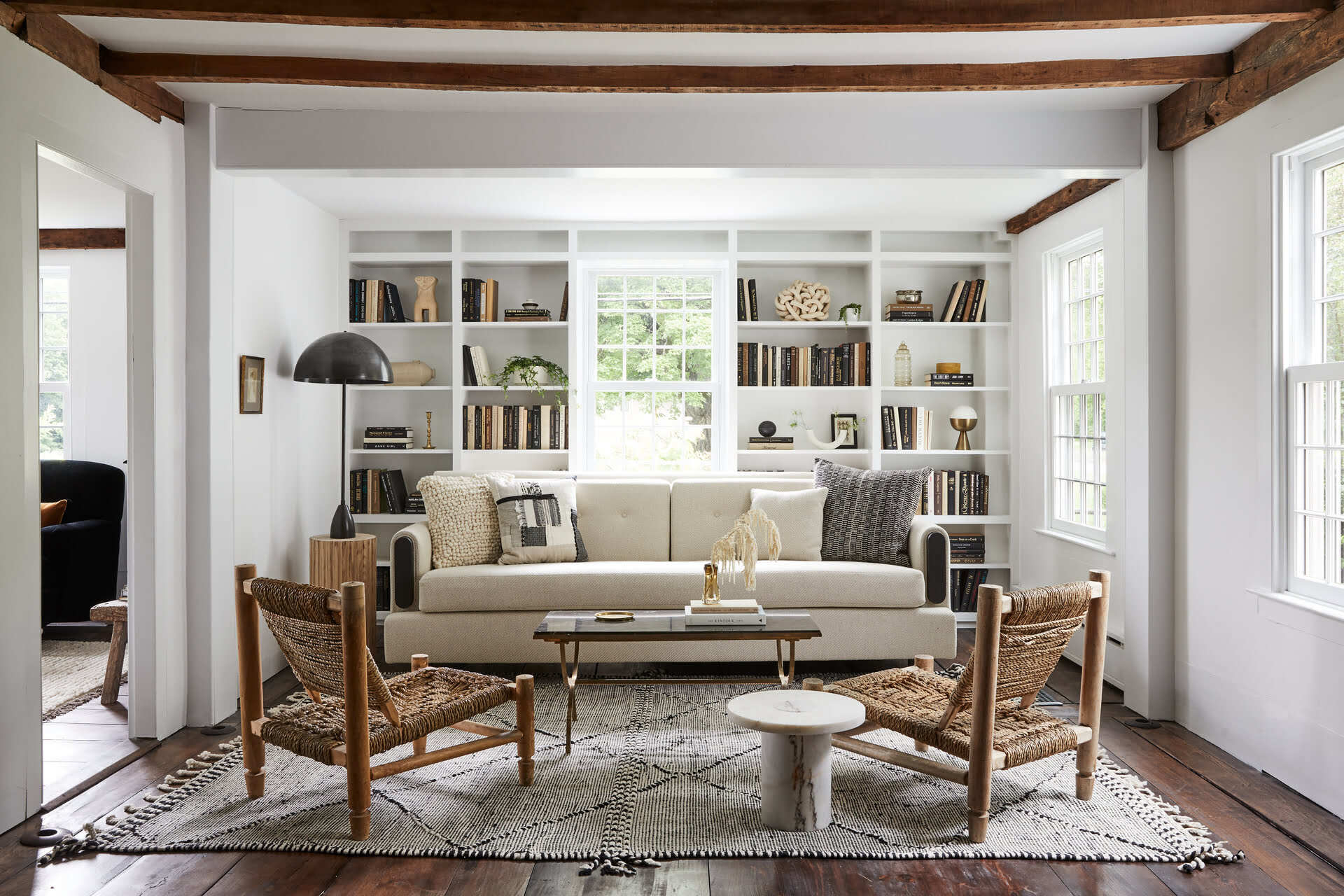
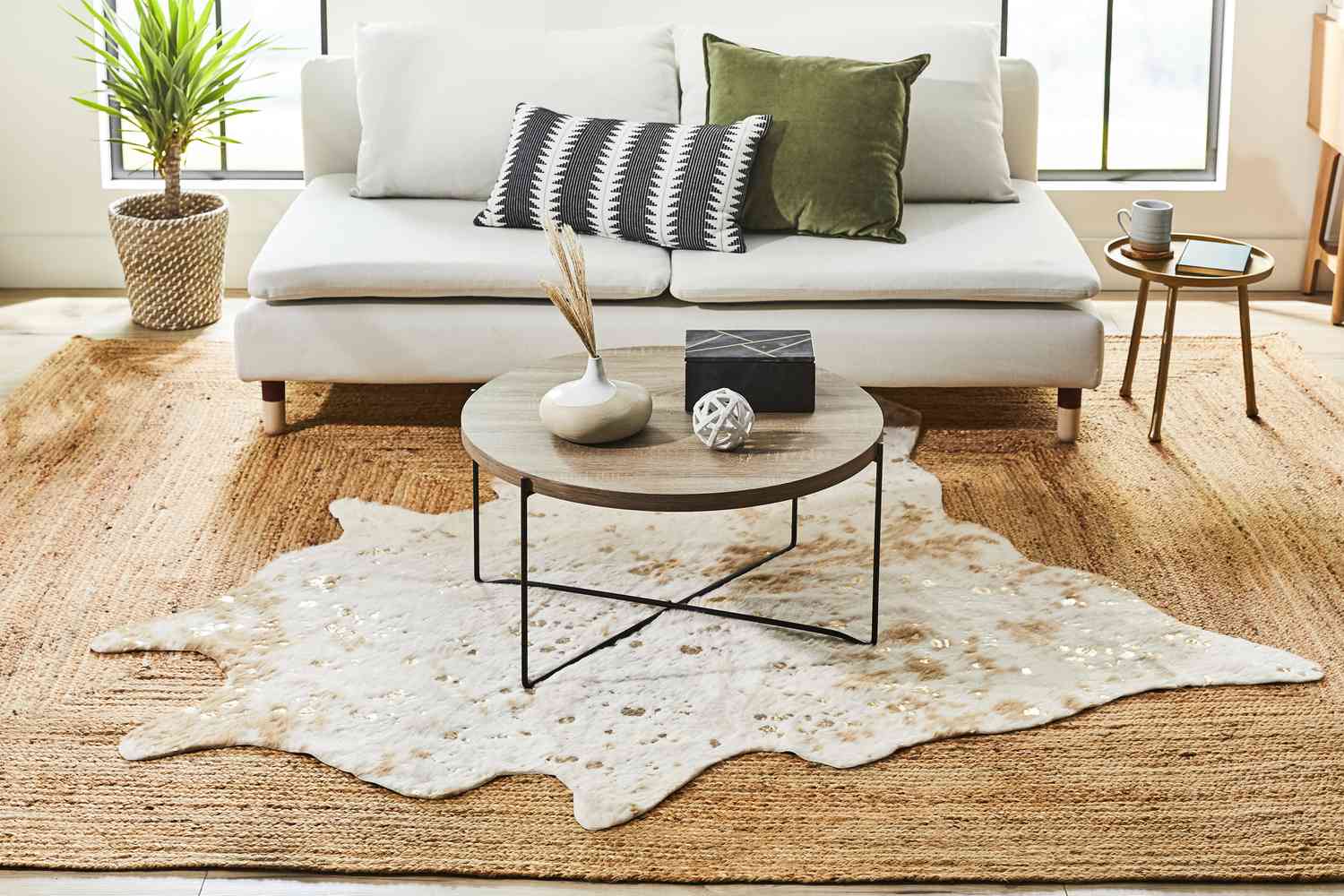
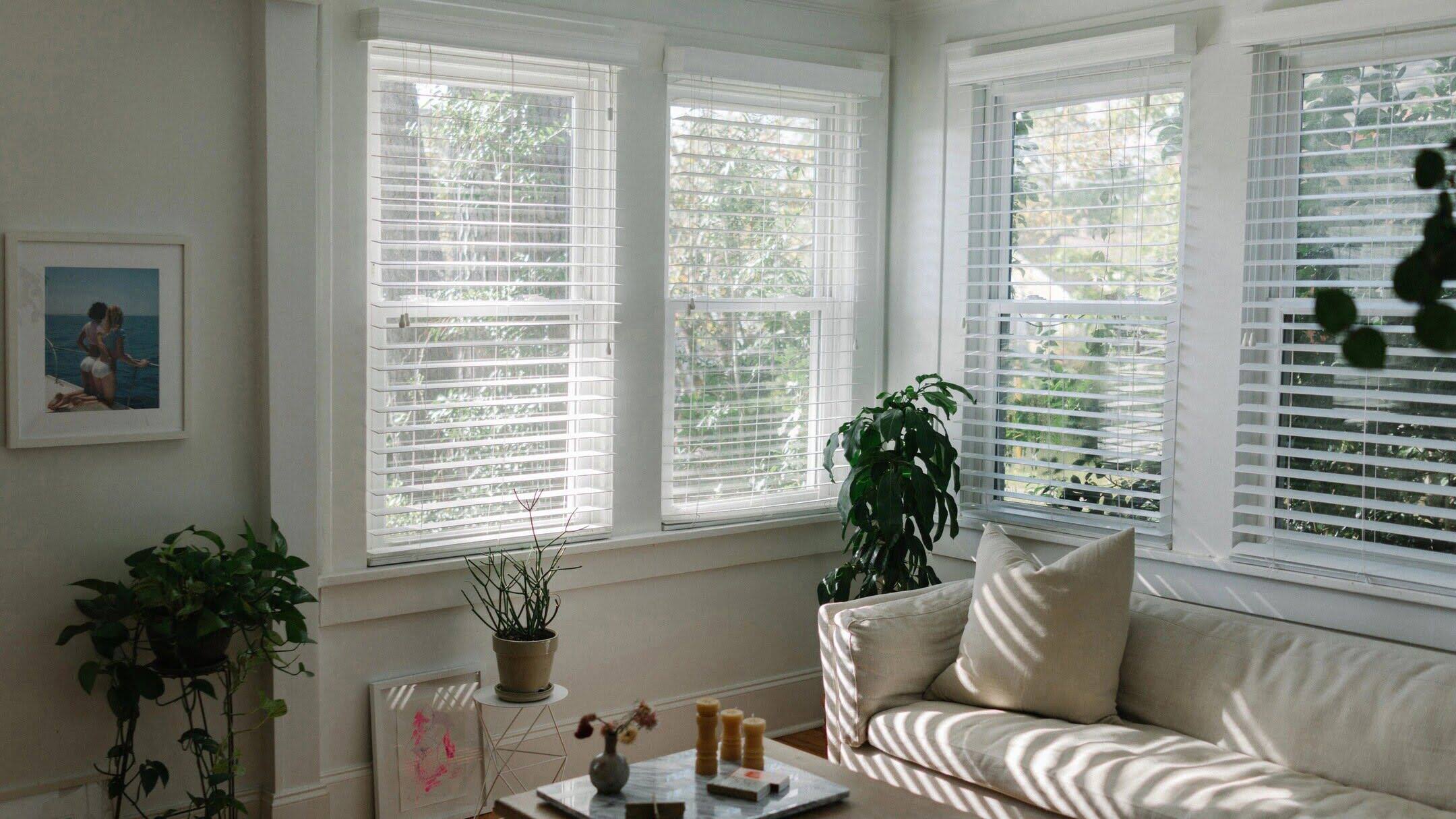
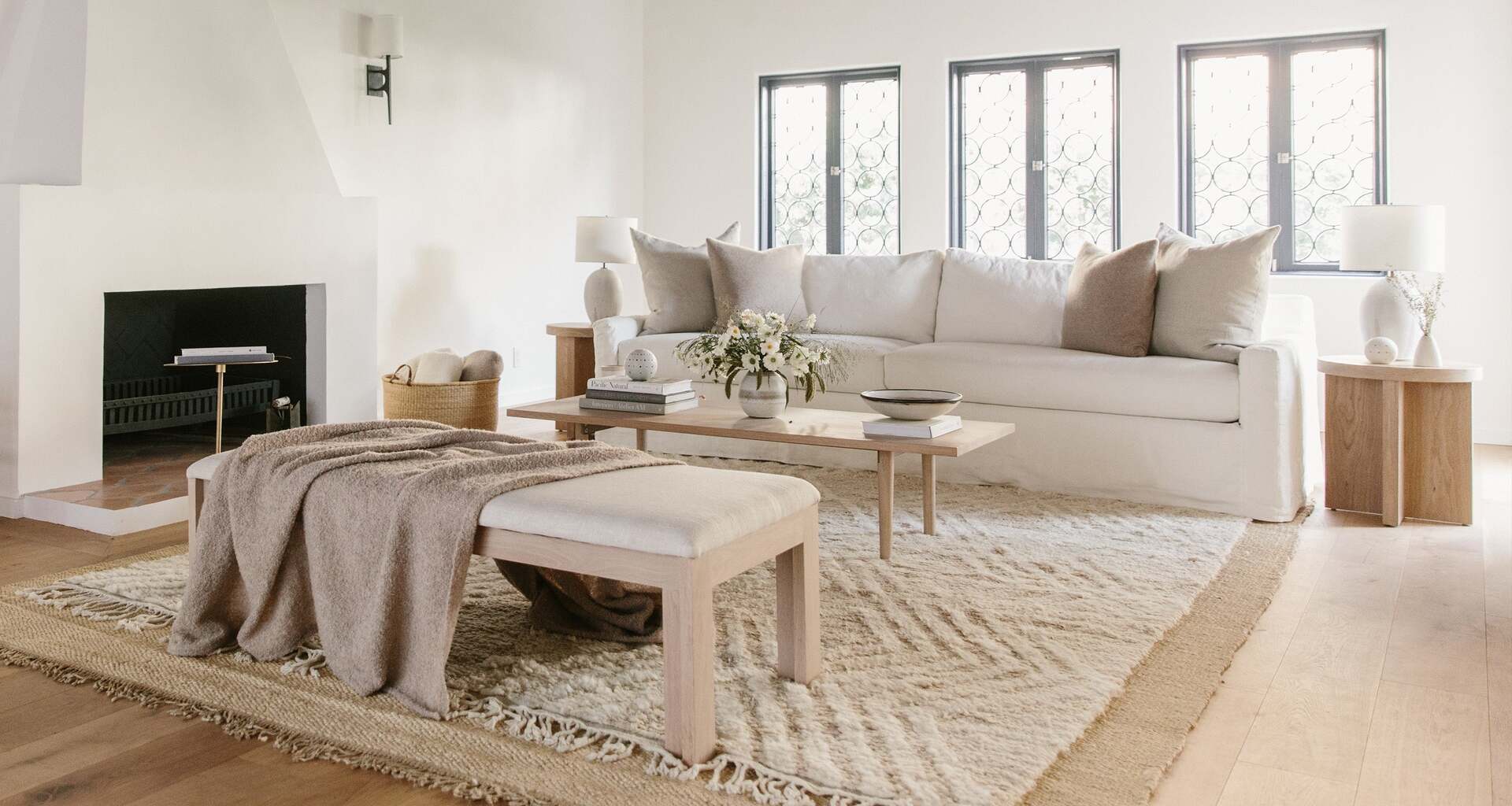
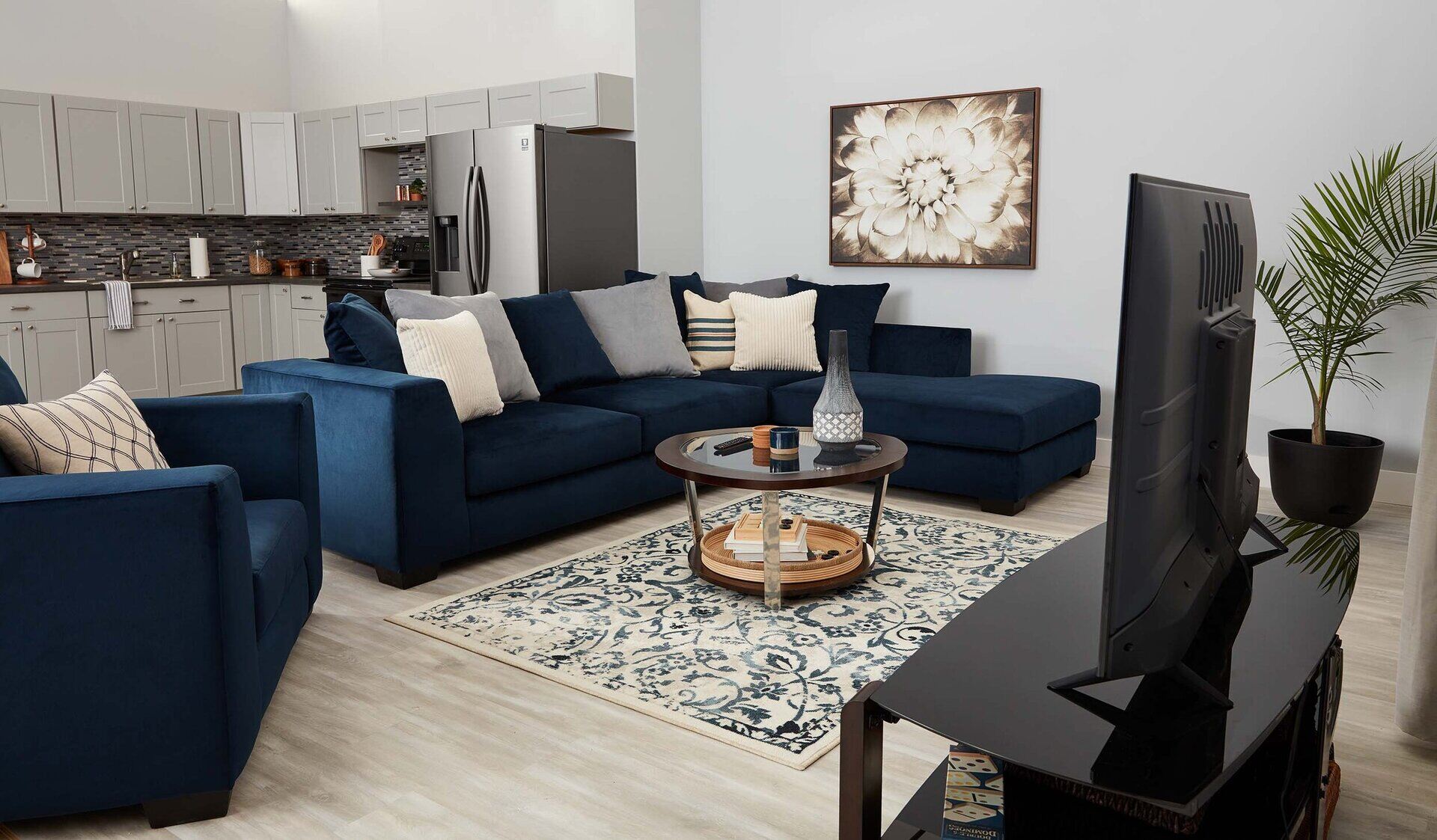
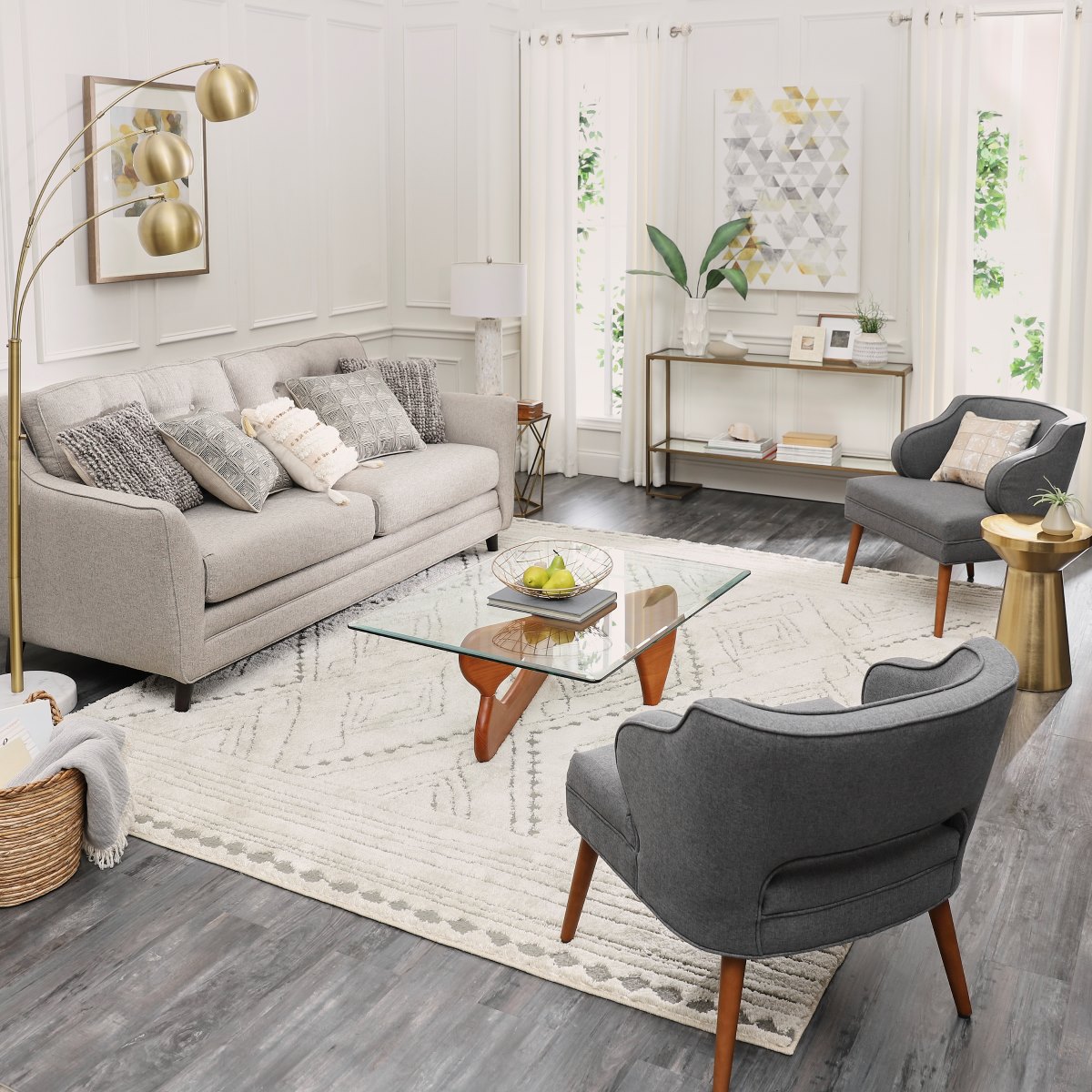
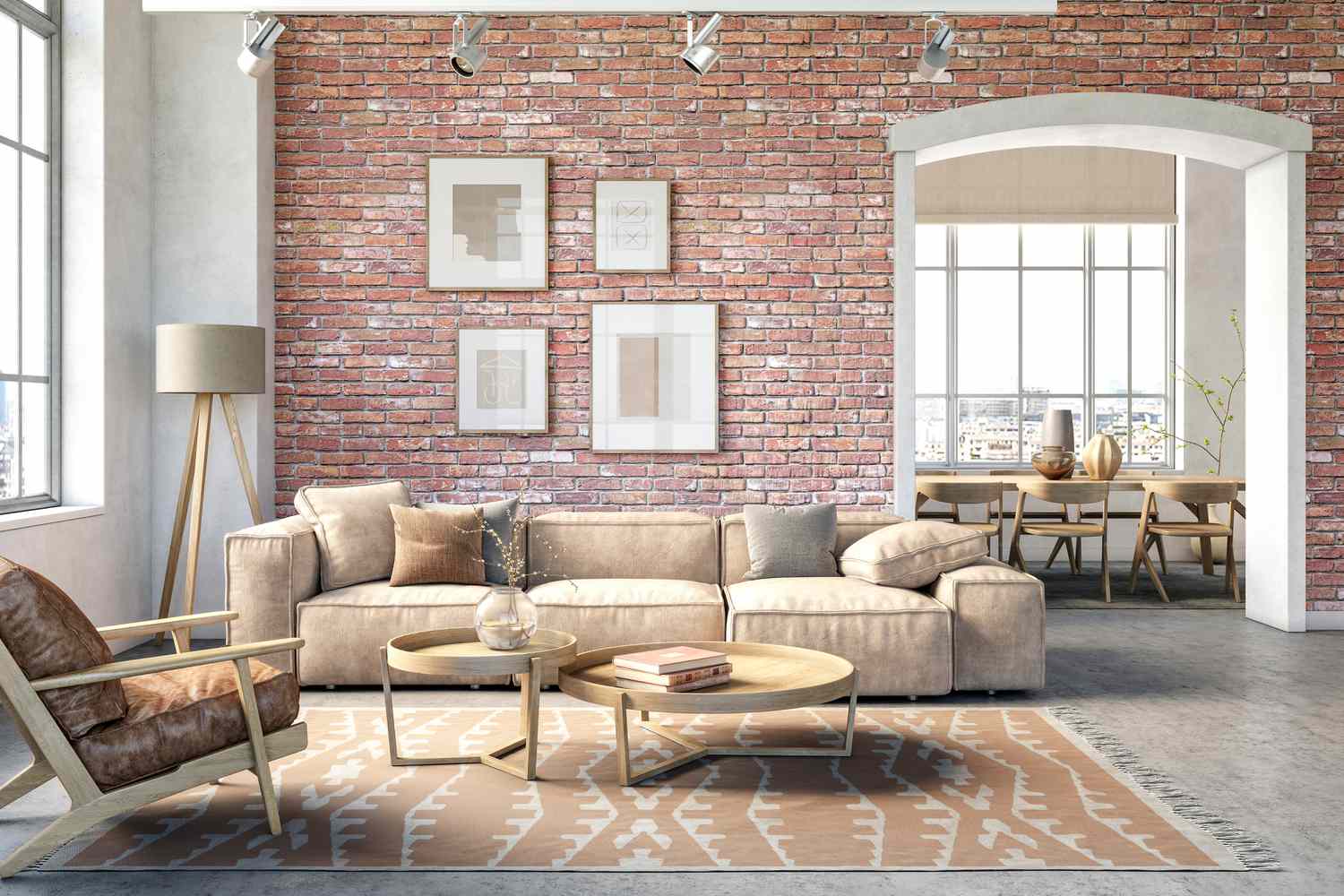
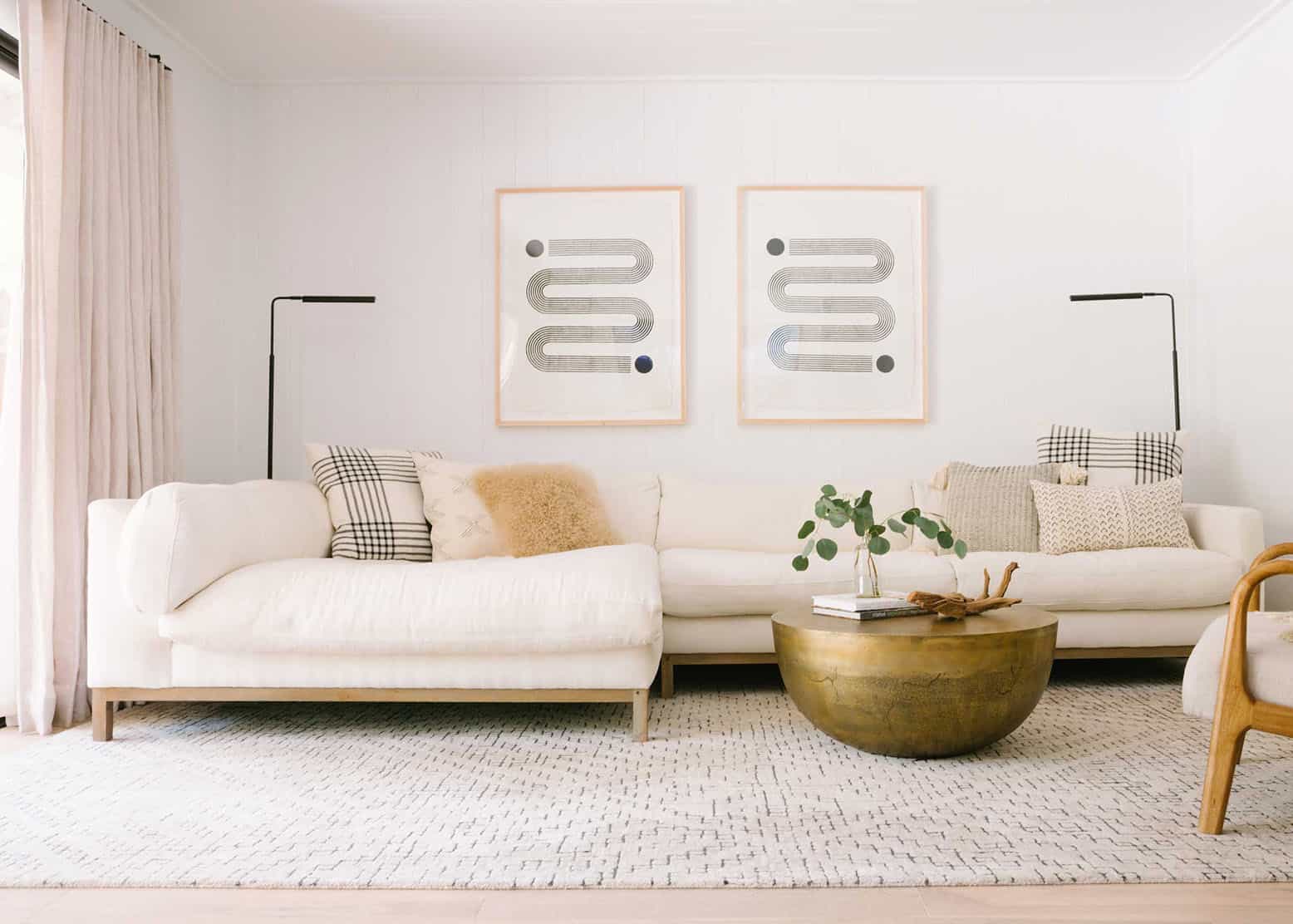
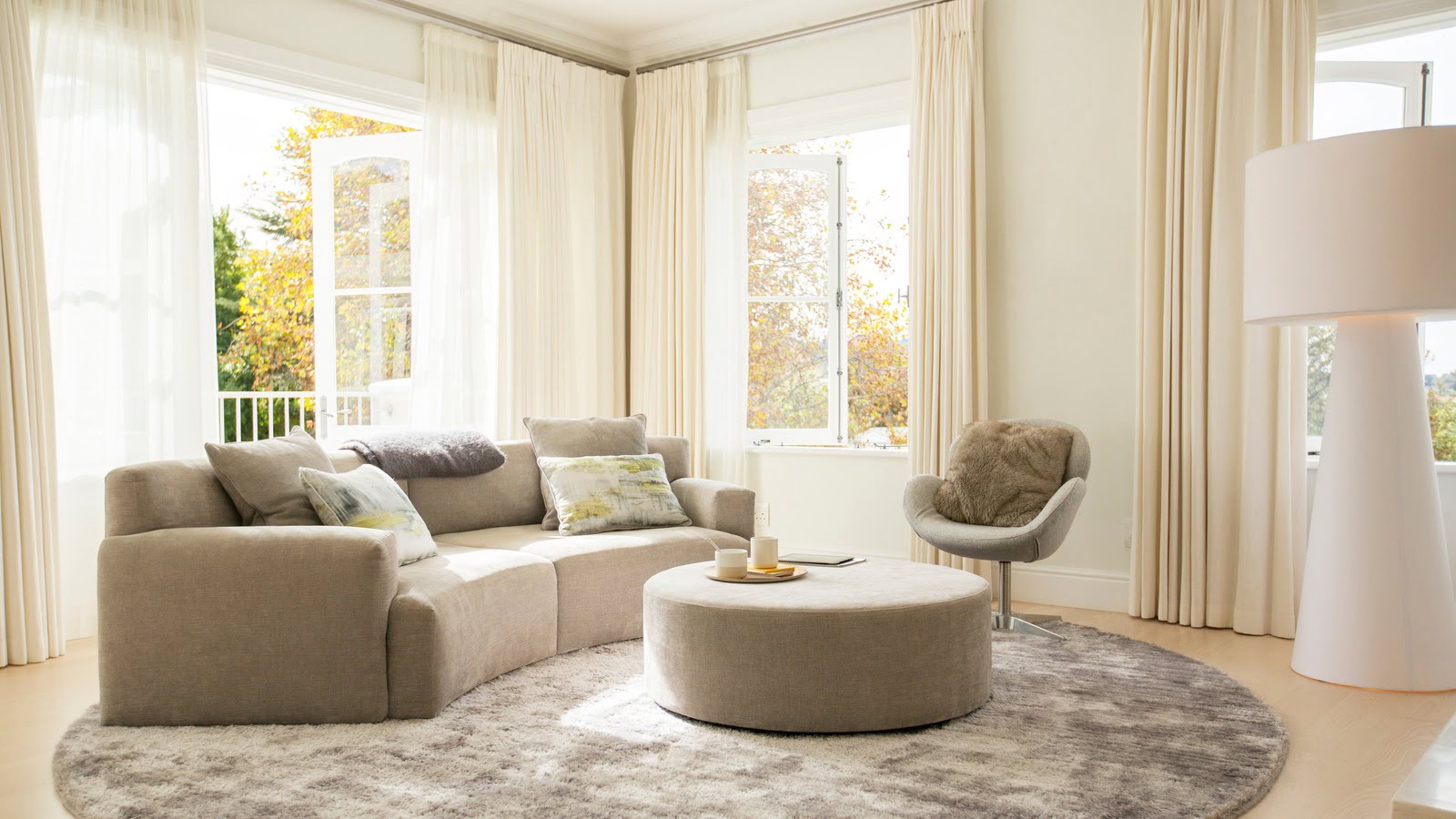
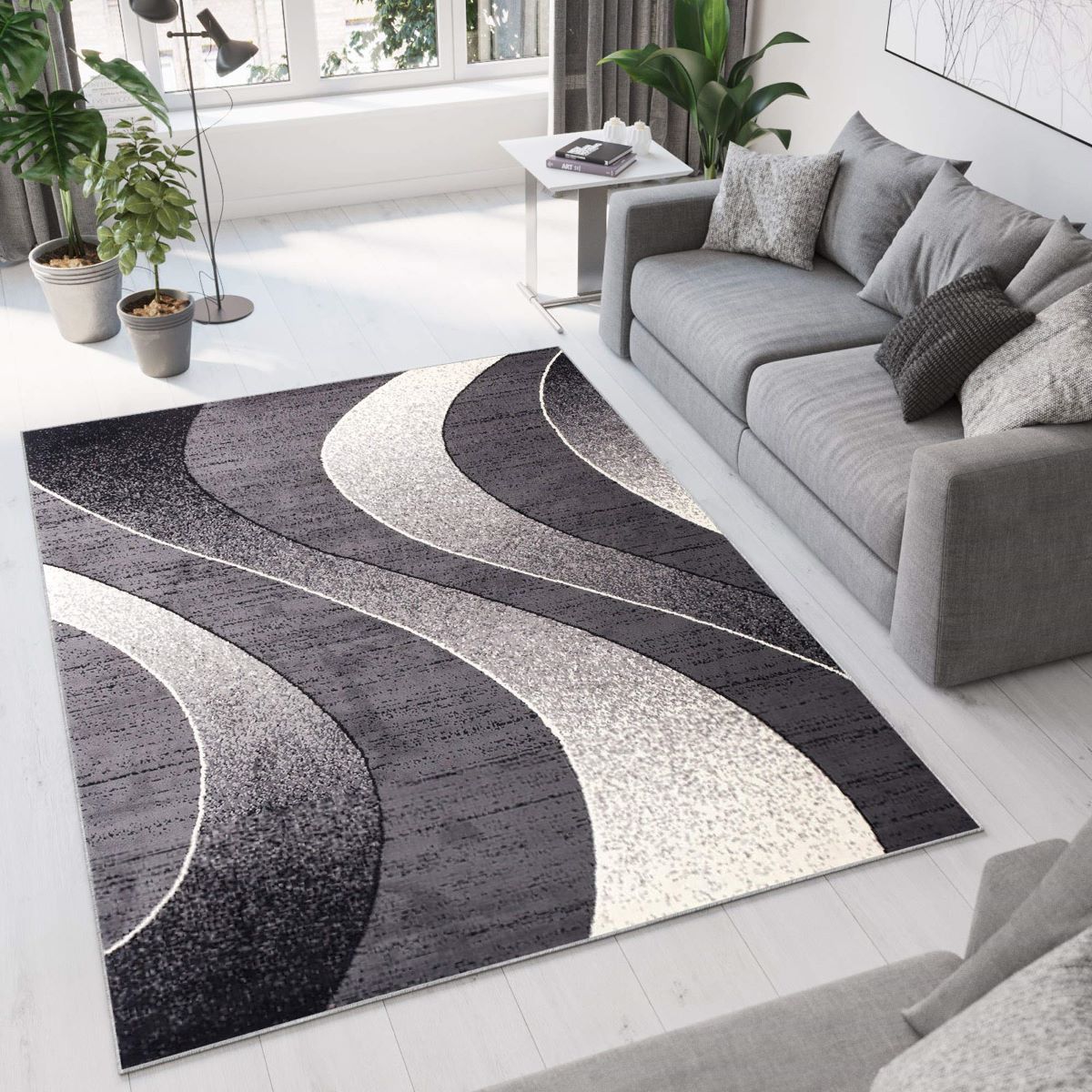
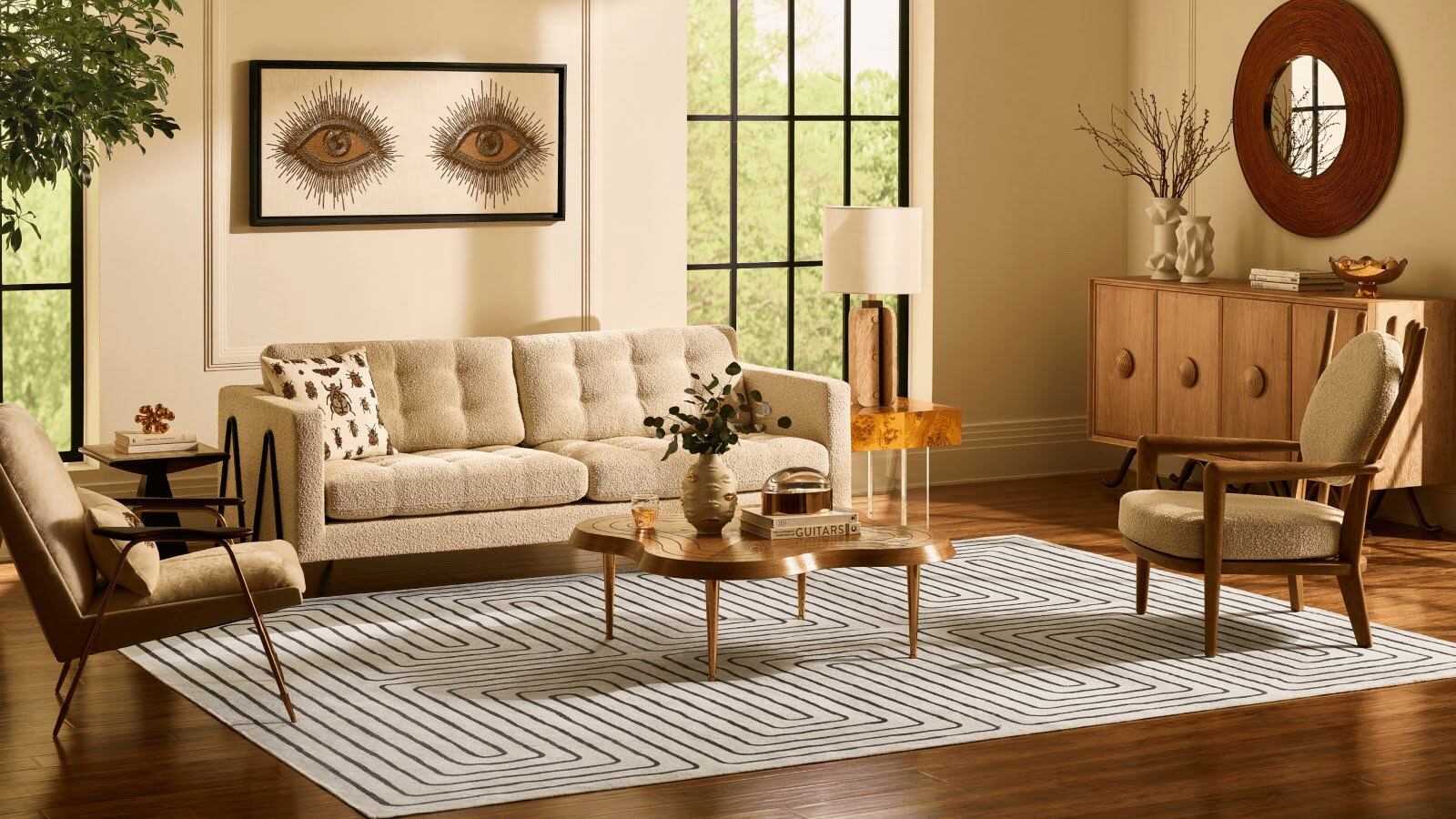
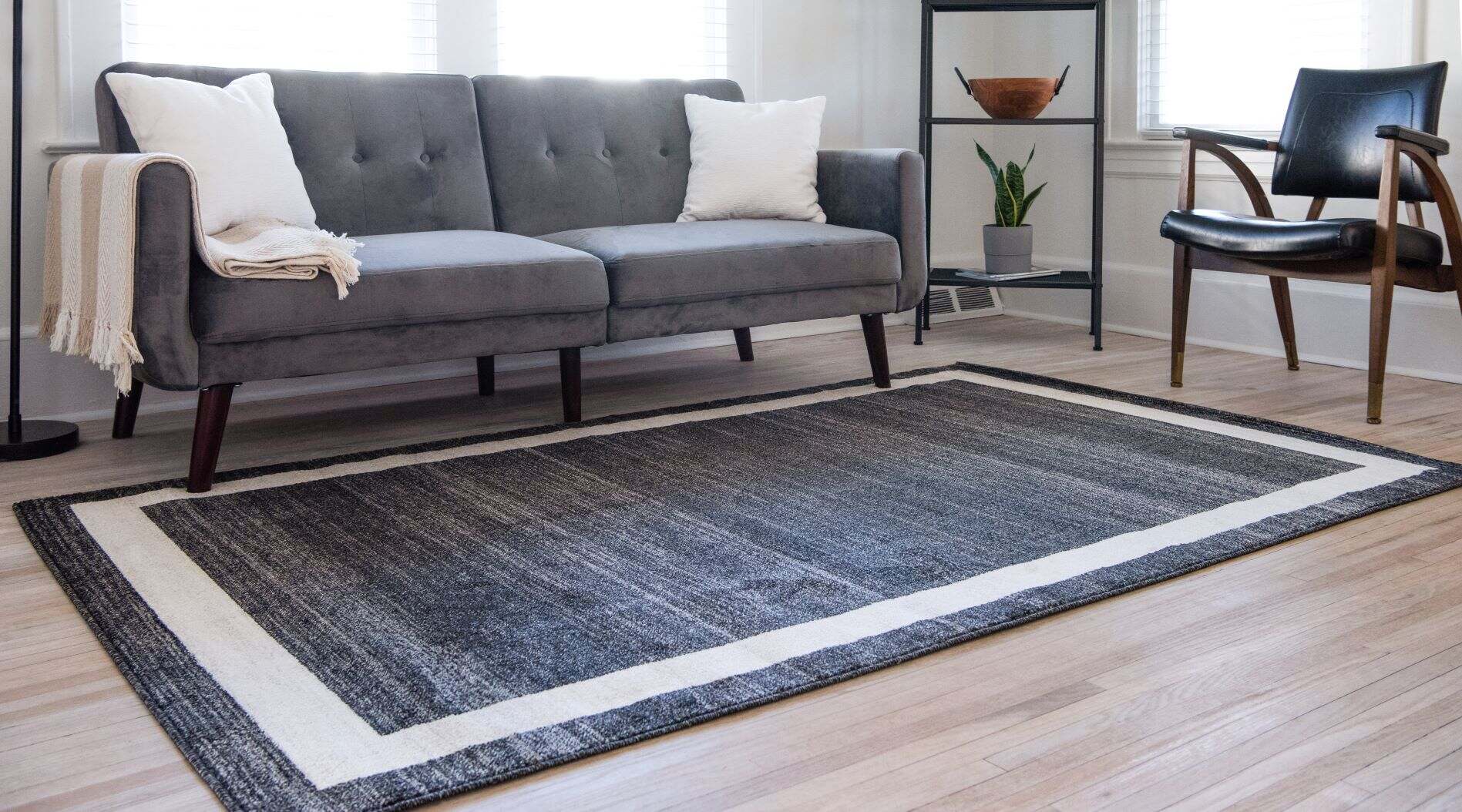
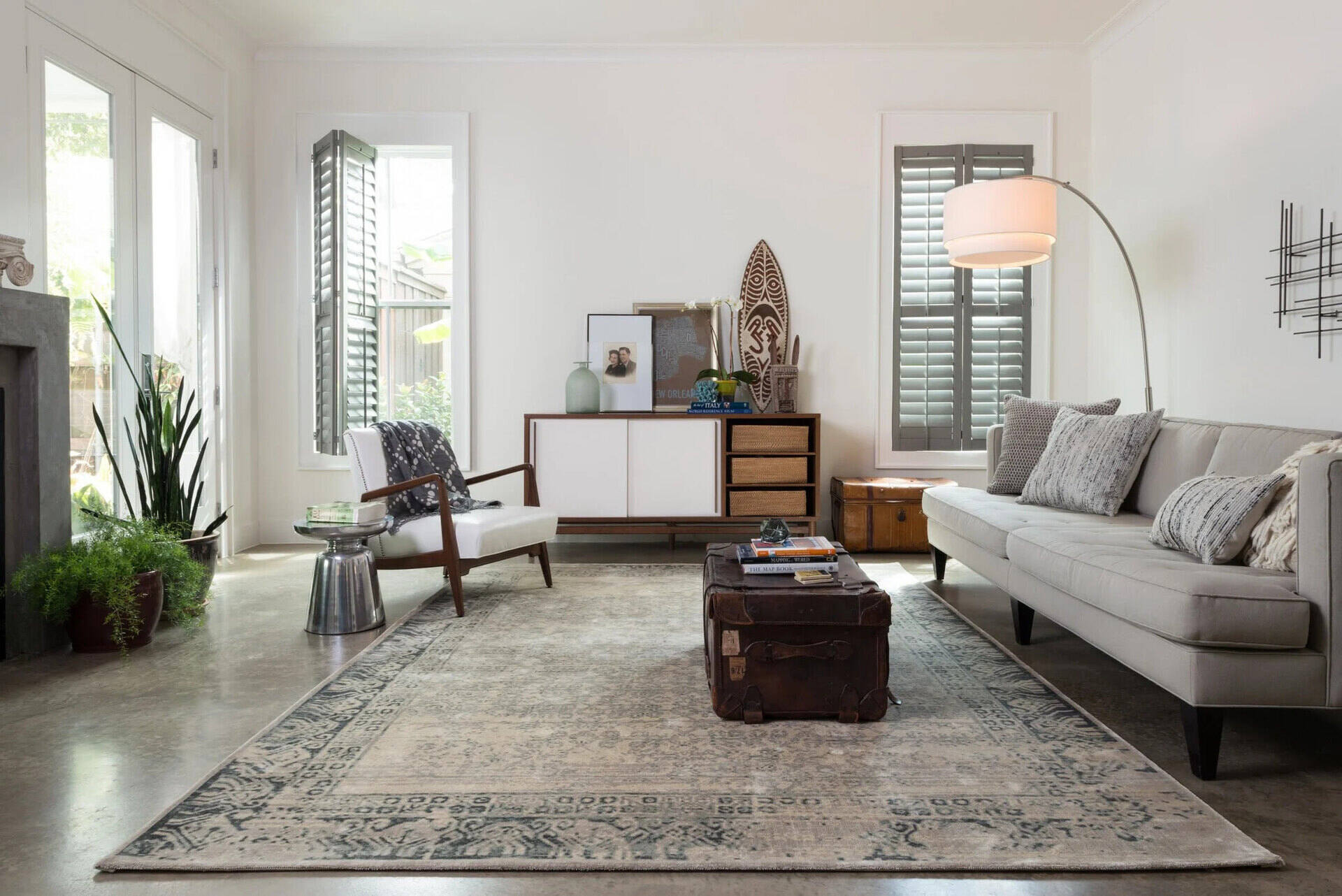

0 thoughts on “How To Measure A Rug For Living Room”